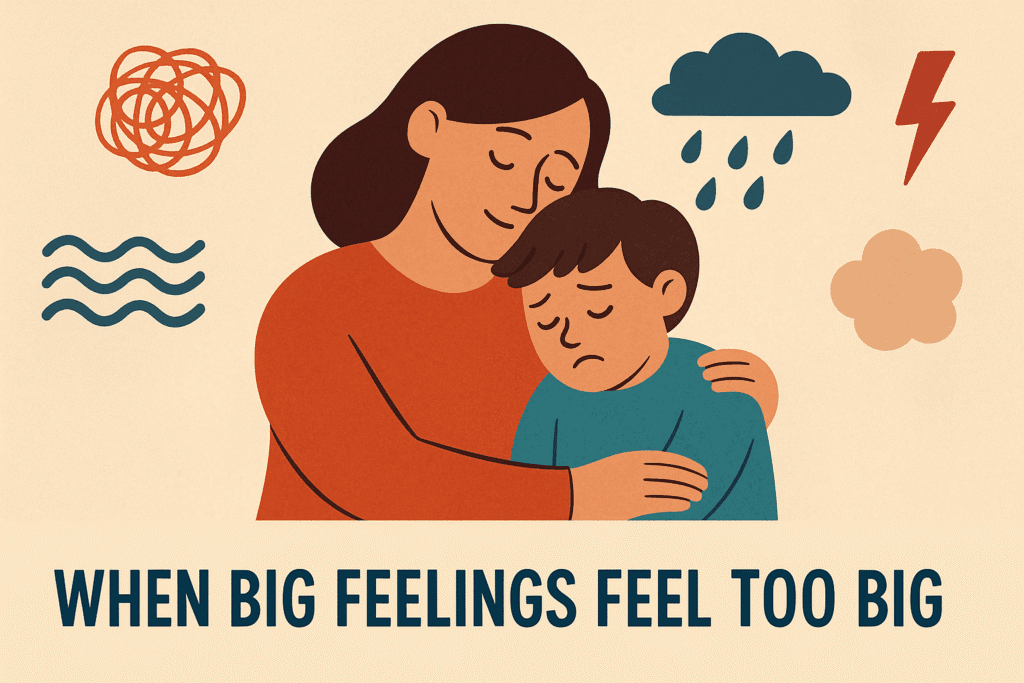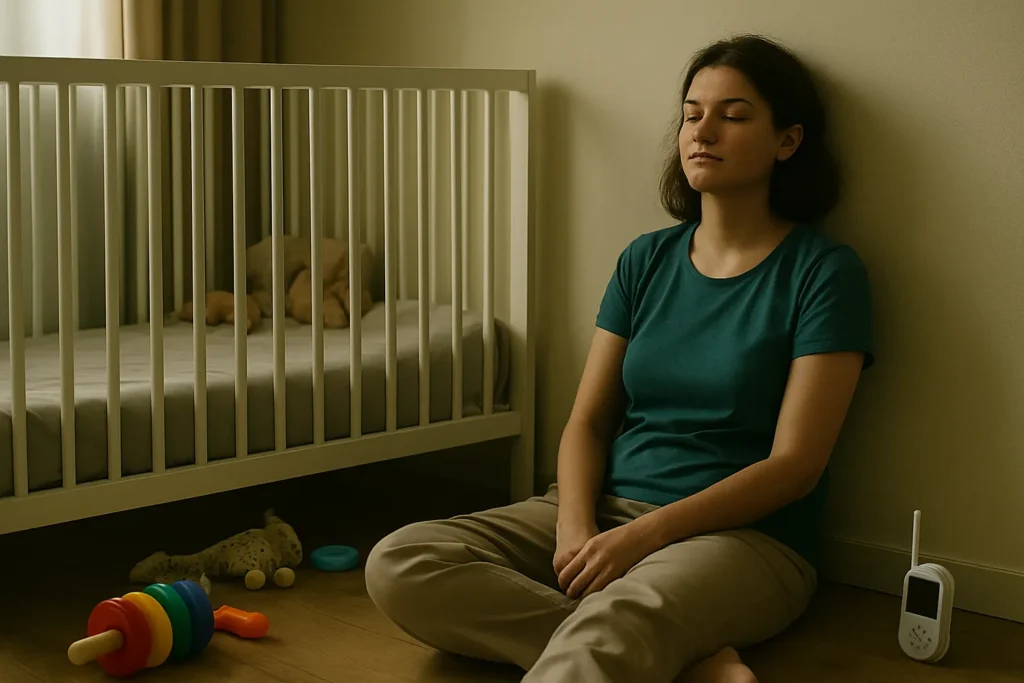Keeping kids safe online isn’t just about installing filters or locking down screens. It’s about walking that delicate line between protection and trust—offering guidance while giving them space to explore and grow.
Kids today are digital natives. They swipe before they speak, click before they read. As parents, that can feel daunting. But here’s the truth: you don’t need to be a tech expert to raise a safe, confident digital citizen. You just need the right mindset, honest conversations, and a few solid strategies.
At Roots, Wings, and Wellness, we believe in digital parenting that empowers—not controls. This guide will help you nurture online safety, build emotional resilience, and create healthy screen habits at home. Let’s dive in.
Table of Contents
Building Digital Awareness: Start Conversations Early
When it comes to keeping kids safe online, the most powerful tool you have isn’t a monitoring app or screen-time limit—it’s your voice.
Start talking early. Talk often. Think of it like teaching your child to cross the road: you wouldn’t wait until they’re a teenager to explain traffic lights. The same goes for the digital world.

🧠 A True Story That Might Sound Familiar
Take Riya, for example. She’s a 9-year-old who clicked on a strange link while watching cartoons. Her mom, Priya, had all the right parental controls in place. Still, the link slipped through. When Priya asked why she didn’t tell her sooner, Riya hesitated. “I thought you’d get mad and take away my tablet.”
That moment became a turning point. Instead of scolding, Priya sat down with Riya, explained how online traps work, and showed her how to block and report suspicious content. The result? Riya now asks before clicking—and more importantly, she knows she can come to her mom, no matter what.
Check out the interesting take on “Adolescence” Netflix show
🔹 How to Build Digital Trust Early:
- Empower, don’t just restrict: Explain why online safety matters. When kids understand the risks, they’re more likely to follow the rules.
- Teach digital boundaries: What do you do if a stranger messages you? How do you know if something is too personal to share?
- Create a no-shame zone: Let your child know they can talk to you—without fear of punishment or judgment.
💡 Think of it this way: If you treat online safety like road safety—clear, repeated, and age-appropriate—it becomes second nature.
And yes, emotional intelligence plays a huge role here. Teaching kids to pause, reflect, and express themselves clearly can make a world of difference when they’re dealing with online conflict or peer pressure.
👉 For more practical guides, platforms like StopBullying.gov or InternetMatters.org offer excellent resources for both parents and kids.
Setting Up Safe Digital Spaces at Home
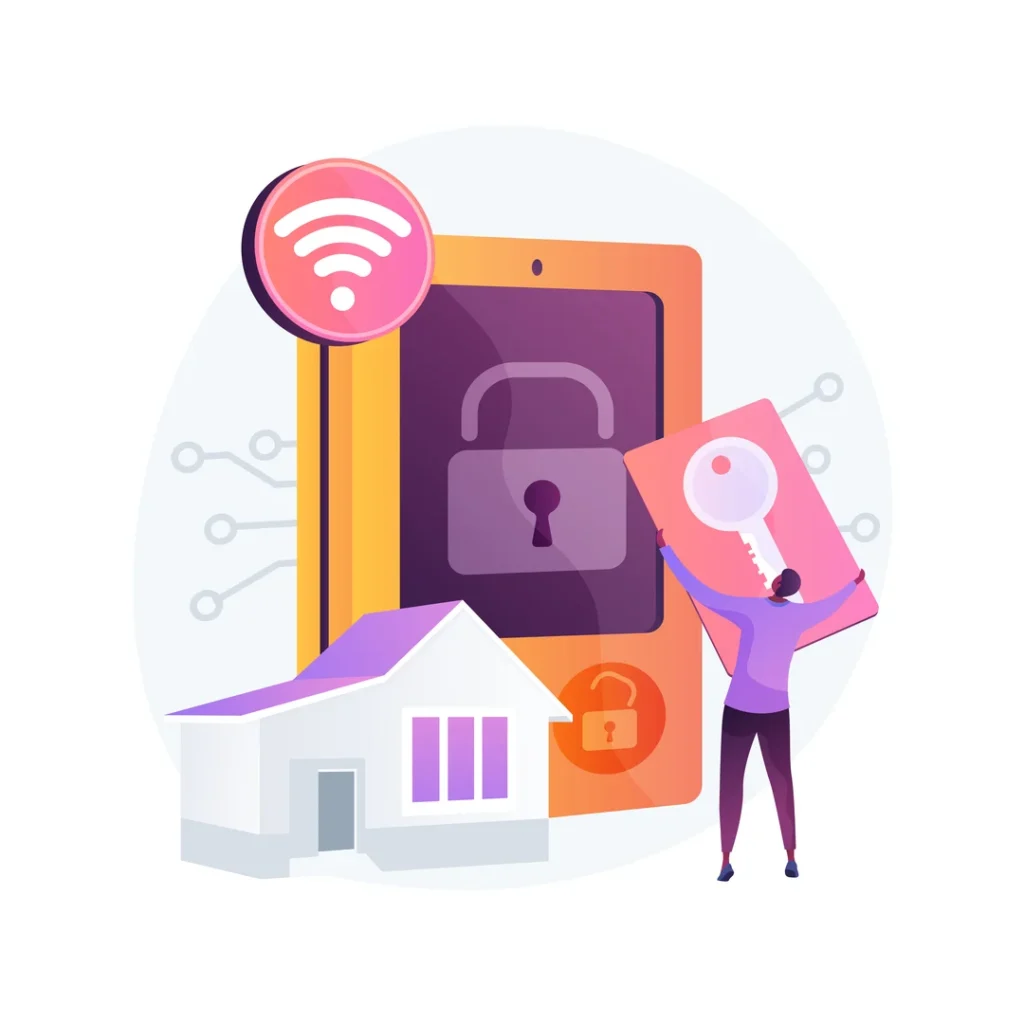
While conversations lay the groundwork, your home environment reinforces them. Think of your digital setup like a seatbelt system—it won’t stop every crash, but it can prevent a lot of damage.
🔐 4 Smart Steps for Creating a Safer Digital Zone:
- Secure your Wi-Fi router: Most routers offer filtering tools and usage logs. Don’t skip these—your provider likely has step-by-step guides online.
- Explore parental controls: Apps like YouTube, Instagram, and even games have evolving settings. Use tools from Internet Matters to walk you through.
- Do regular check-ins: Just like you’d inspect a bike before a ride, review settings every couple of months.
- Stay flexible: Set rules, but be ready to adapt. The goal isn’t to control—it’s to guide.
❓ A Quick Parent Tech-Savviness Self-Check:
- Have you reviewed your child’s favorite apps and privacy settings?
- Can you enable restricted mode on YouTube?
- Do you know how to manage screen-time limits from your child’s device?
💡 If you answered “no” to any of these, don’t stress. Block off 15 minutes this weekend to explore settings together—you’ll feel more confident, and your child will see that you care enough to learn their world.
Also, don’t underestimate mindful tech use. Creating screen-free zones (like the dinner table or bedtime) sends a subtle but powerful message: real connection matters.
Rethinking Screen Time: Focus on Quality, Not Just Limits

When we talk about keeping kids safe online, screen time often becomes the hot topic. But here’s the catch—it’s not just about how long your child is on a screen, but what they’re doing with that time.
Think about it: watching cat videos for hours isn’t the same as learning to code or creating digital art. Not all screen time is created equal.
💡 A Story That Might Shift Your Perspective
Ananya, a high schooler in Mumbai, spends nearly four hours a day on her laptop. Her parents were worried—until they realized she wasn’t just scrolling endlessly. She was building websites, editing videos, and entering digital art contests.
Her parents didn’t restrict her—they asked better questions. And in doing so, they discovered that her screen time wasn’t a waste—it was a path to creativity and confidence.

👀 Ask Yourself These Questions:
- Is my child sleeping well and staying physically active?
- Are they maintaining healthy friendships and school performance?
- Are they still interested in offline activities?
If the answer is yes, the issue might not be screen time—it might just be balance. That’s where healthy screen habits come in.
🔹 How to Promote Purposeful Screen Time:
- Use educational apps for languages, puzzles, or music lessons.
- Encourage interactive games that challenge their thinking or involve teamwork.
- Support meaningful social connections—video calls with grandparents, school projects, or group chats with real-life friends.
💡 Pro Tip: Instead of banning games or apps outright, play one with your child. It builds connection, opens conversation, and helps you understand their digital world.

Want to take it further? Mix in some screen-free alternatives—like crafts, music, or outdoor play—to create a rhythm that blends tech with real life. Here is a list of 10 Best Play Activities for Child Brain Development
What to Do When Kids Break the Rules
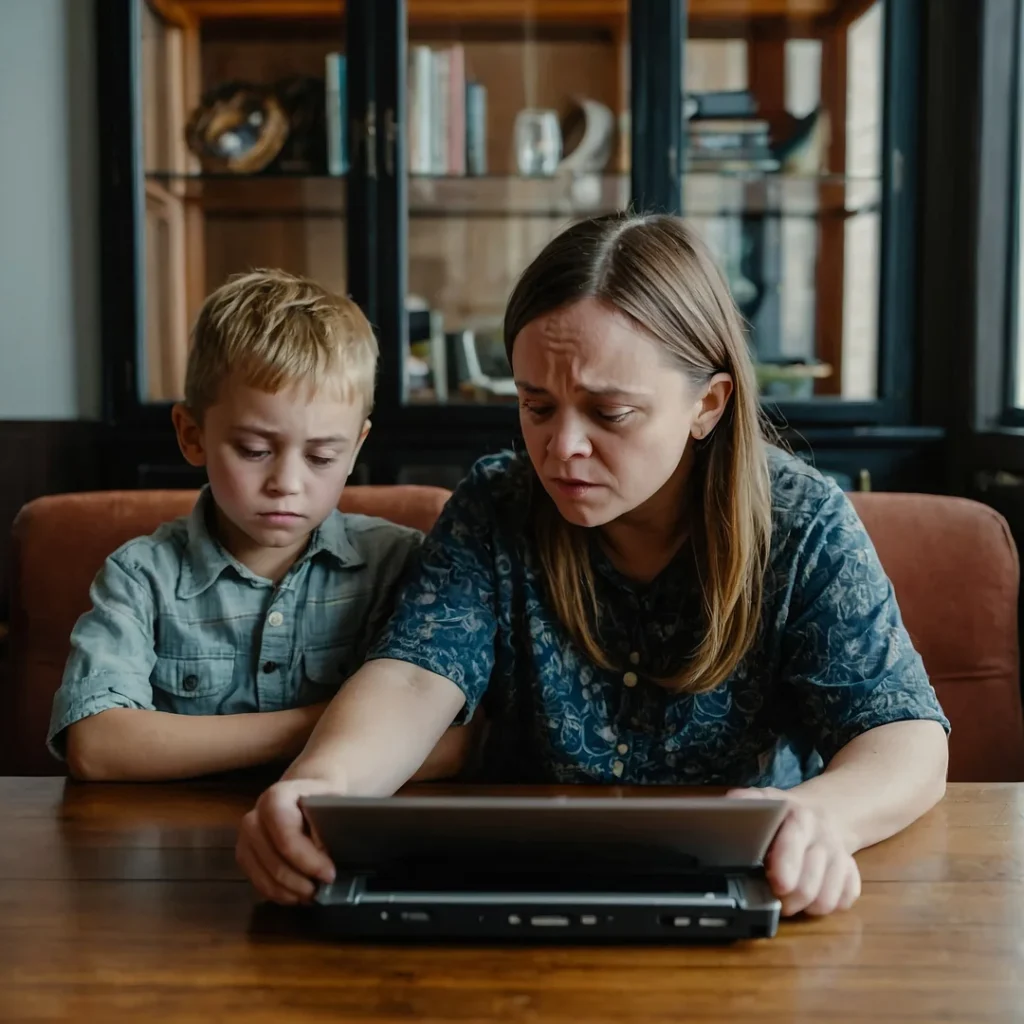
Even the most well-behaved kids will test the limits. Maybe they sneak in an extra hour of gaming at night or figure out how to disable an app timer.
But instead of panicking or punishing, take a breath.
Every “rule break” is actually a chance to reinforce trust and responsibility.
You can fine more Parenting tips on our instagram handle that lay out the best guides and teachings from the detailed blogs
Turn Mistakes into Teachable Moments
🔹 Practical Steps When Rules Are Broken:
- Stay calm, ask questions: Was it curiosity? Boredom? Peer pressure?
- Set fair, short-term consequences: Avoid harsh punishments that breed secrecy. Think “pause” instead of “ban.”
- Involve your child in solutions: Ask them what a fair consequence should look like. Let them help set new boundaries.
💡 Pro Tip: Reframing mistakes as lessons helps build your child’s digital conscience—not just obedience.
And remember, kids break rules offline too—sneaking cookies before dinner or fibbing about homework. What matters is the relationship you’re building every time you respond with empathy and direction.
Teaching Digital Resilience: Preparing Kids for Online Challenges
No matter how many rules or filters you set, your child will eventually run into something uncomfortable online—an inappropriate message, a fake news story, or a friend pressuring them to join in on a viral trend.
And that’s okay.

Because the real goal of keeping kids safe online isn’t total avoidance—it’s preparation. Just like we teach kids how to handle strangers in real life, we need to teach them how to navigate the digital world with confidence and self-awareness.
🧠 Think of It Like Building a Digital Immune System
We can’t protect kids from everything, but we can strengthen their inner compass. Understand the psychological impact of excessive screen time. That’s where digital resilience comes in—it’s their ability to handle tough online moments, bounce back, and make better choices next time.

🔹 Core Skills to Teach Your Child:
- How to respond to cyberbullying: Block, report, disengage. Make sure they know they’re not alone and they can come to you.
- How to spot misinformation: Encourage them to fact-check before sharing, and show them how to question a source (Is it credible? Is it trying to scare me?).
- How to handle peer pressure: Let them know it’s okay to say no—even to friends. Remind them that their self-worth isn’t tied to likes or followers.
💡 Pro Tip: Try role-playing! Ask, “What would you do if someone dared you to send a photo or click a weird link?” These conversations build real-world confidence.
So don’t just tell them to “be careful.” Show them how. And most importantly, show them they’re not alone.
Protecting Privacy and Personal Data
Privacy breaches can lead to emotional stress or identity theft. Equip kids to guard their digital footprint.
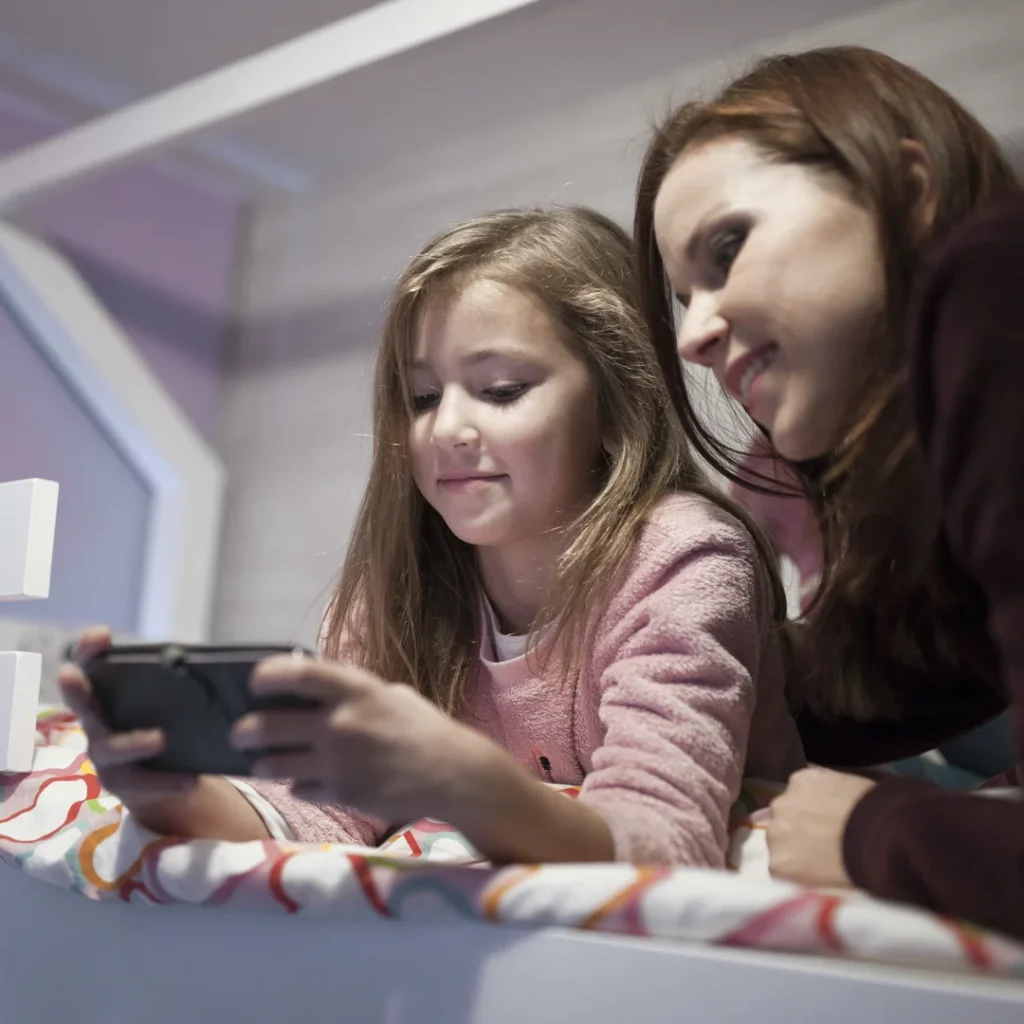
💡 Real-Life Example:
12-year-old Mia nearly shared her school name in a gaming forum. Her parents taught her to use pseudonyms and avoid location tags. Reduce digital footprints with mindful social media habits
Strategies:
- “Need-to-Know” Sharing: “Would you tell this to a stranger at the park?”
- Review Privacy Settings: Make it a routine, like checking smoke alarms.
- Sign-Up Checklist: Pseudonyms, no personal info, parental approval.
Statistic:
- 60% of teens have been contacted online by strangers (Pew Research, 2023).
💡 Pro Tip: Turn privacy into a scavenger hunt—reward kids for spotting unsafe data requests.
Supporting Emotional Well-Being Amid Online Challenges

Cyberbullying and exposure to harmful content can trigger anxiety or depression. Address emotional health head-on. Teaching kids how to empathize and being kind to each other as well as oneself is very crucial.
Prioritize family self-care routines to combat online stress.
The Future of Parenting in the Digital Age

As AI, virtual reality, and social media evolve, digital parenting challenges will continue to change. Here’s how to stay ahead:
📌 Be Proactive, Not Reactive – Stay informed about new trends and online risks.
📌 Model Healthy Tech Use – If parents are glued to their phones, kids will mirror that behavior.
📌 Keep Conversations Open – The digital world isn’t going away—empowering kids with knowledge is the best long-term strategy.
Final Thoughts: Parenting with Connection, Not Control

The digital world is here to stay, and rather than fearing it, we must adapt and empower. Parenting in the digital age isn’t about eliminating tech but about teaching children how to use it responsibly.
- Focus on communication over control.
- Encourage mindful tech use.
- Set healthy boundaries without complete restriction.
- Create a family culture of mindful tech use.
At Roots, Wings, and Wellness, we believe that technology and parenting don’t have to be at odds—by fostering trust, setting clear expectations, and modeling healthy habits, we can raise digitally responsible, confident, and balanced children. Prepare kids for digital challenges with a growth mindset
What’s your biggest challenge in managing your child’s online safety? Share your thoughts in the comments below! ⬇️
Check out our insightful articles on family and parenting at Roots, Wings & Wellness.
FAQ: Real Questions Parents Ask About Keeping Kids Safe Online
Great question—and a common concern. The key is to approach it like you would any real-world safety topic. Instead of saying, “The internet is dangerous,” try, “Just like you look both ways before crossing the street, there are a few things to keep in mind when you’re online.”
Use examples from their favorite games or apps and invite questions. Keep it casual, not preachy. Let it be an ongoing conversation—not a one-time lecture.
It’s never too early to start. Even toddlers who watch YouTube or play learning games can begin understanding simple tech rules like asking permission before opening an app.
Start small and evolve as they grow:
- Ages 3–5: Use screen time as shared play, not solo time.
- Ages 6–9: Teach privacy basics—don’t share real names or photos.
- Ages 10+: Involve them in rule-making for apps and social media.
Digital parenting isn’t about one big talk—it’s a series of small, thoughtful check-ins.
There’s no magic number. What matters more than hours is how that time is spent and how it impacts their daily life.
Ask yourself:
- Are they sleeping well?
- Are their grades and mood okay?
- Are they still playing, moving, and talking to people in real life?
If yes, your child may already have healthy screen habits. Balance is the goal—not perfection
Take a breath before reacting. Your first response sets the tone for whether they’ll come to you again.
Here’s what helps:
- Stay calm and listen
- Reassure them it’s not their fault
- Guide them through steps like blocking/reporting
- Talk about what they saw in age-appropriate language
Think of it as a teachable moment. Each uncomfortable encounter is a chance to build trust and deepen their understanding of online safety.
Start with this rule: If they wouldn’t say it to a stranger in the park, they shouldn’t post it online.
Teach them to:
- Use nicknames instead of full names
- Avoid posting school names or locations
- Turn off location tracking
- Review privacy settings regularly with you
Even better? Make it a shared routine. Every few months, sit down and say, “Let’s do a privacy check-up together.”
It’s normal. They’re testing limits—not rejecting your parenting.
Instead of punishing right away, ask:
- What led to that decision?
- Were the rules unclear or unfair?
- What would they do differently next time?
This opens up a healthy, respectful dialogue. You’re not just enforcing rules—you’re coaching them toward digital responsibility.
Kids don’t miss a thing—they learn by watching. If you’re scrolling during meals or checking emails at bedtime, it’s hard to ask them to do differently.
Try small shifts:
- No-phone zones (like dinner or car rides)
- Device-free evenings once a week
- Say out loud when you’re setting boundaries: “I’m putting my phone down now to be present.”
It’s not about being perfect. It’s about showing effort and inviting your child to join in.









